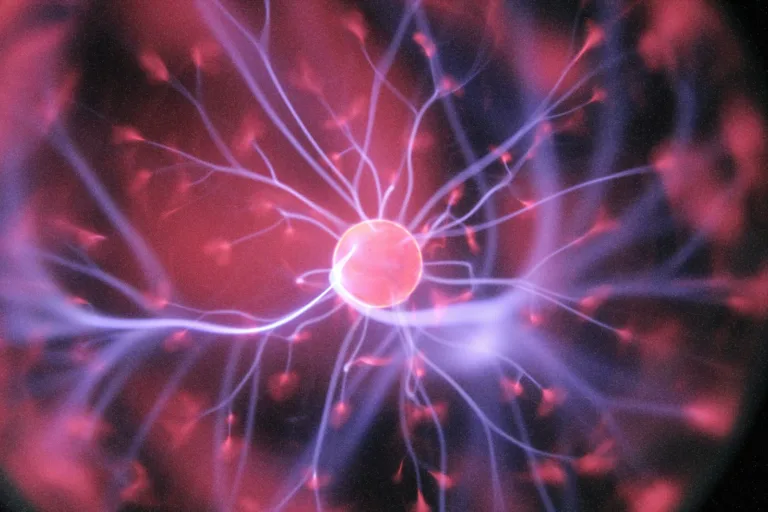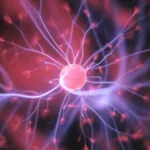Discovering the Root of Fatigue: A Personal Journey
Many of us experience fatigue, but understanding its deeper causes can be life-changing. My own journey with fatigue, marked by a quest for energy through vitamins and supplements, led me to discover critical insights into how the body generates energy. This article aims to demystify fatigue and offer practical solutions for those seeking sustained energy.
The Mitochondria: Your Body’s Energy Powerhouse
The key player in energy production is the mitochondria, tiny structures within our cells. Understanding the mitochondria’s role is crucial, as it’s at the heart of most health issues, including fatigue. Food doesn’t directly provide energy; it must be converted into ATP (Adenosine Triphosphate), the chemical form of energy, by the mitochondria.
Understanding the Energy Conversion Process
Before ATP is made, food undergoes a complex process involving the Krebs cycle, which prepares it for energy conversion. This process requires various nutrients like B vitamins, magnesium, and coenzyme Q10. Each nutrient plays a specific role in the mitochondrial assembly line of energy production.
The Astonishing Efficiency of ATP Production
The human body’s ability to generate ATP is remarkable. For instance, a healthy individual can produce an amount of ATP equivalent to their body weight daily. This production is dynamic, increasing with physical activity. However, ATP is not stored; it’s produced on demand, emphasizing the need for a consistent energy source.
The Role of Diet in Energy Production
Diet plays a pivotal role in energy production. Highly processed foods are energy-deprived and lack essential nutrients needed by the mitochondria. In contrast, nutrient-dense foods like red meat and organ meats are rich in energy and essential nutrients like coenzyme Q10, vital for energy production.
Ketogenic Diet: A Game Changer for Energy
The ketogenic diet, which emphasizes fat over carbs as the primary energy source, significantly impacts energy levels. It enables the body to produce more ATP and easily tap into fat reserves for energy, providing a more stable and long-lasting energy source compared to carbohydrates.
Boosting Mitochondrial Function: Exercise and Fasting
Regular exercise is crucial for increasing mitochondrial density, improving overall energy production. Combined with intermittent fasting, which promotes autophagy (the recycling of damaged cell components, including mitochondria), these practices can dramatically enhance energy levels.
Avoiding Energy Drains: Lifestyle Changes
To support mitochondrial health, it’s essential to avoid factors that deplete energy. This includes reducing sugar and processed food intake, managing stress, and avoiding environmental toxins. Additionally, supplementing with coenzyme Q10, especially for those on certain medications, can be beneficial.
Conclusion: Empowering Your Energy Journey
Understanding and addressing the root causes of fatigue can transform your energy levels and overall well-being. By focusing on a nutrient-rich diet, regular exercise, and lifestyle modifications, you can support your mitochondria and unlock a new level of vitality.




























